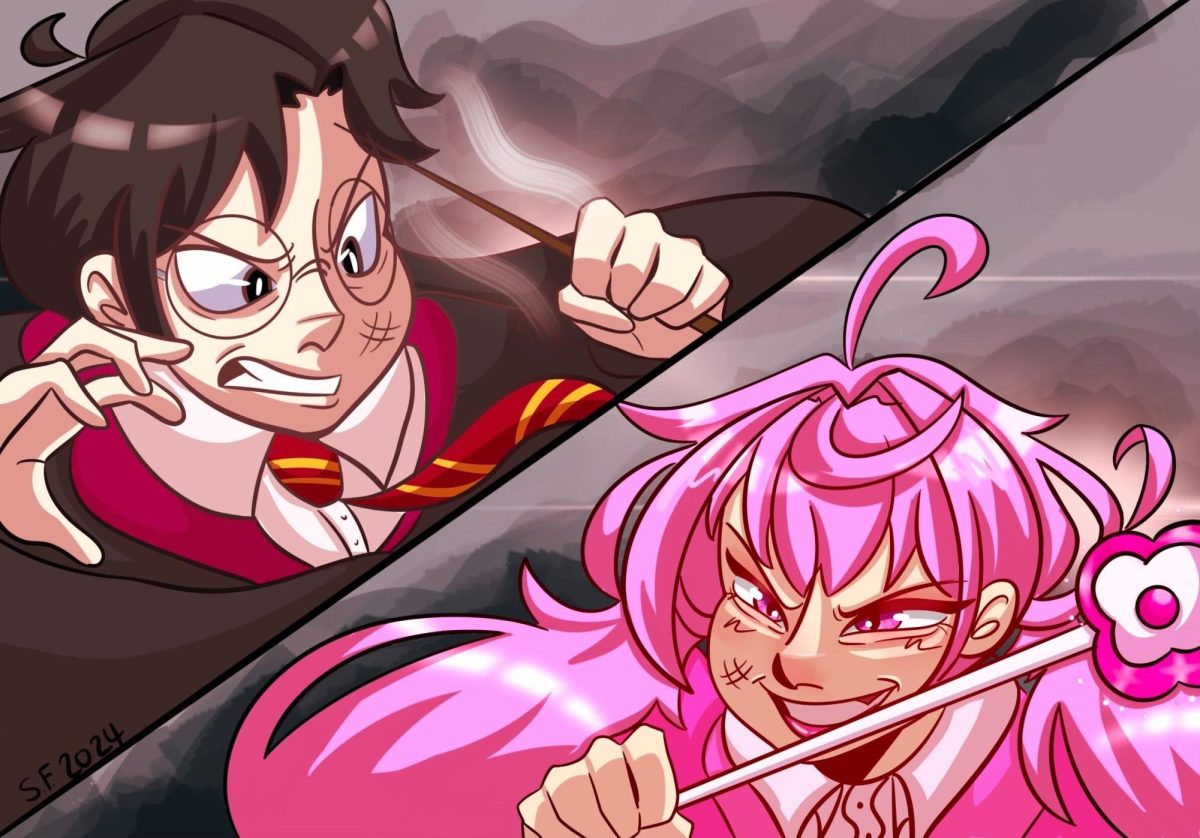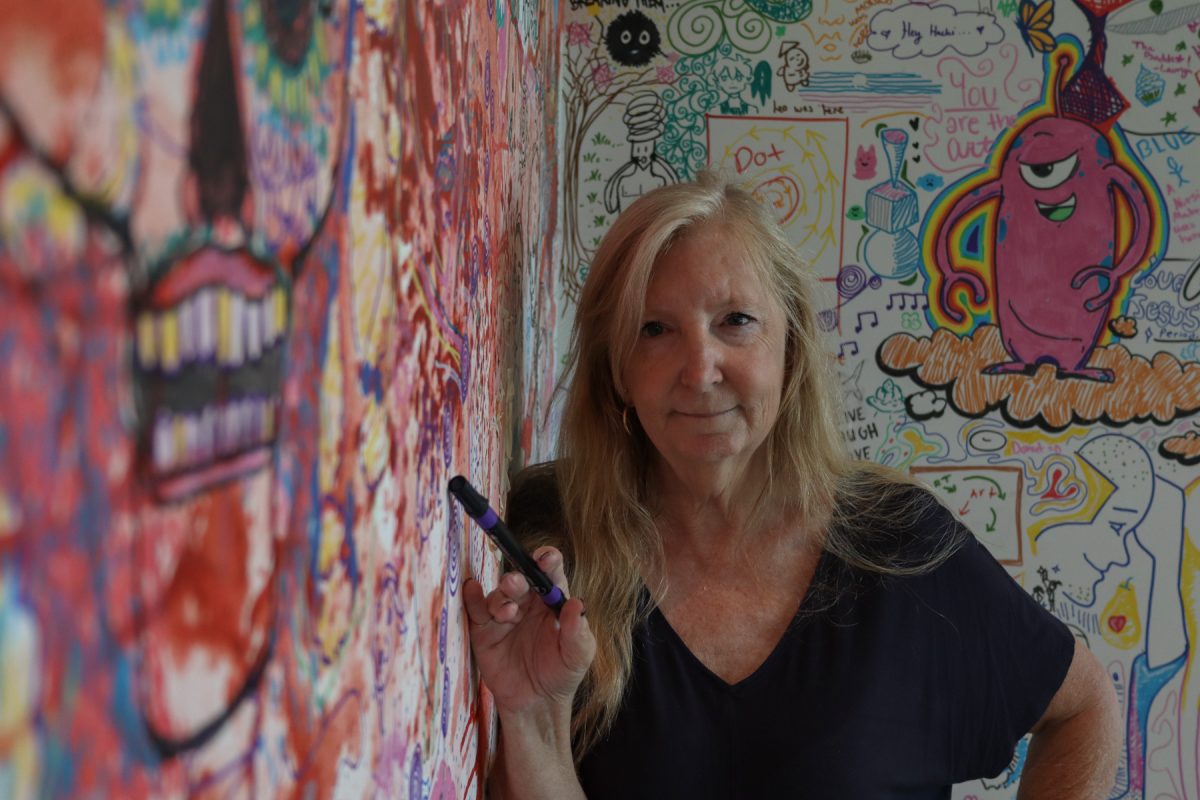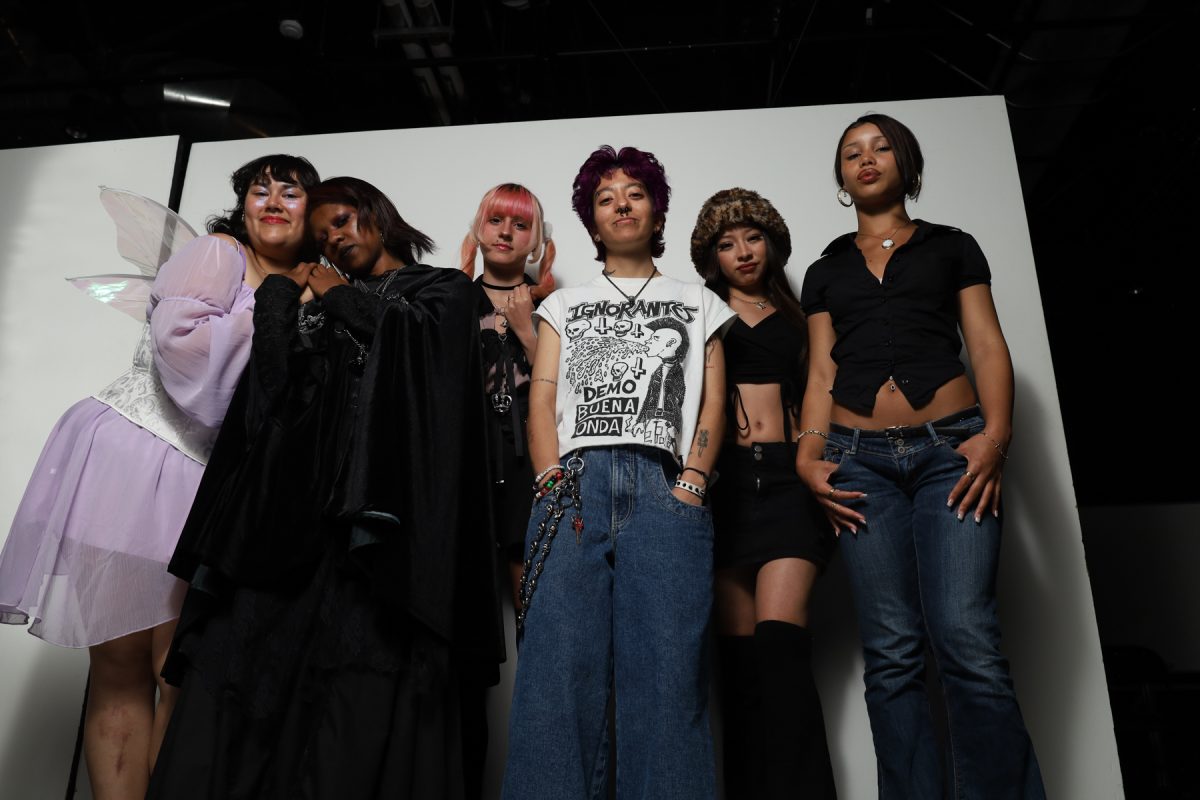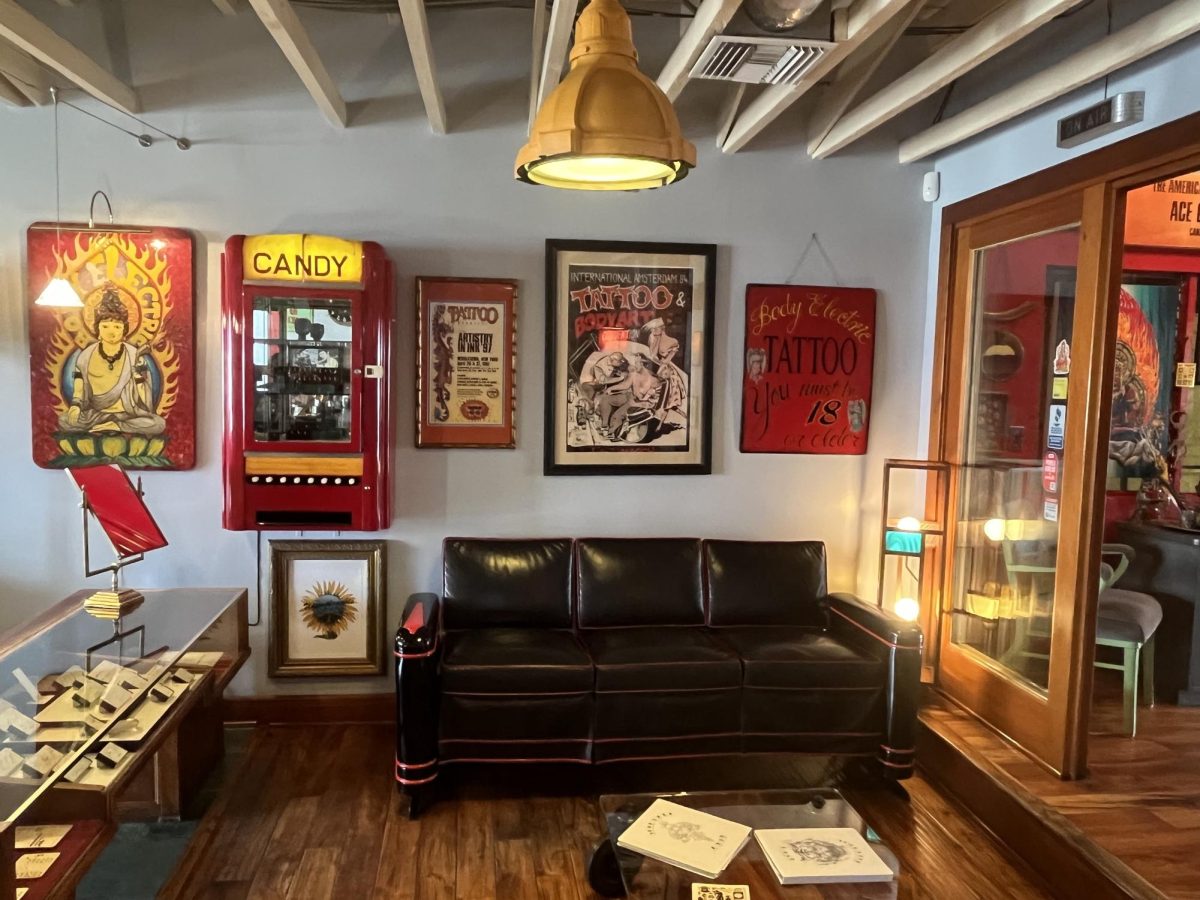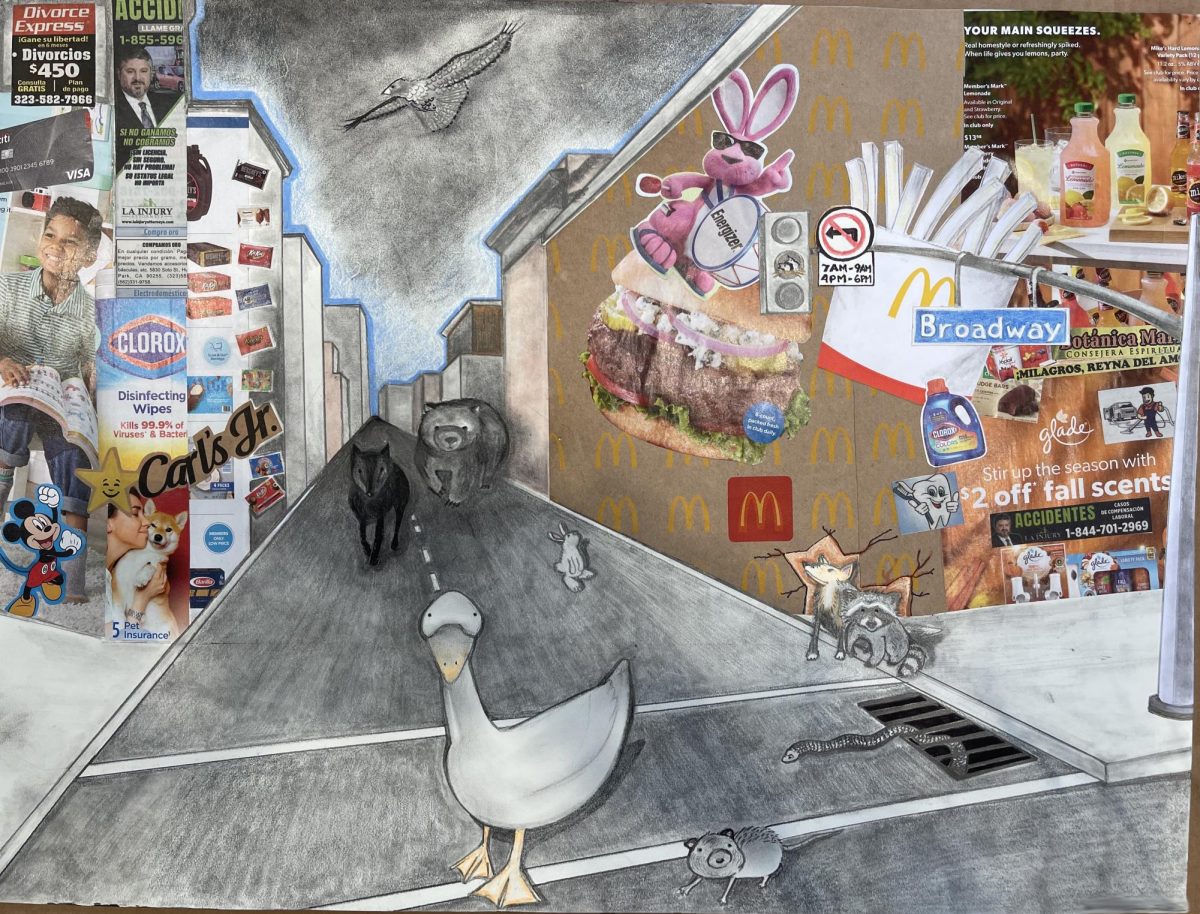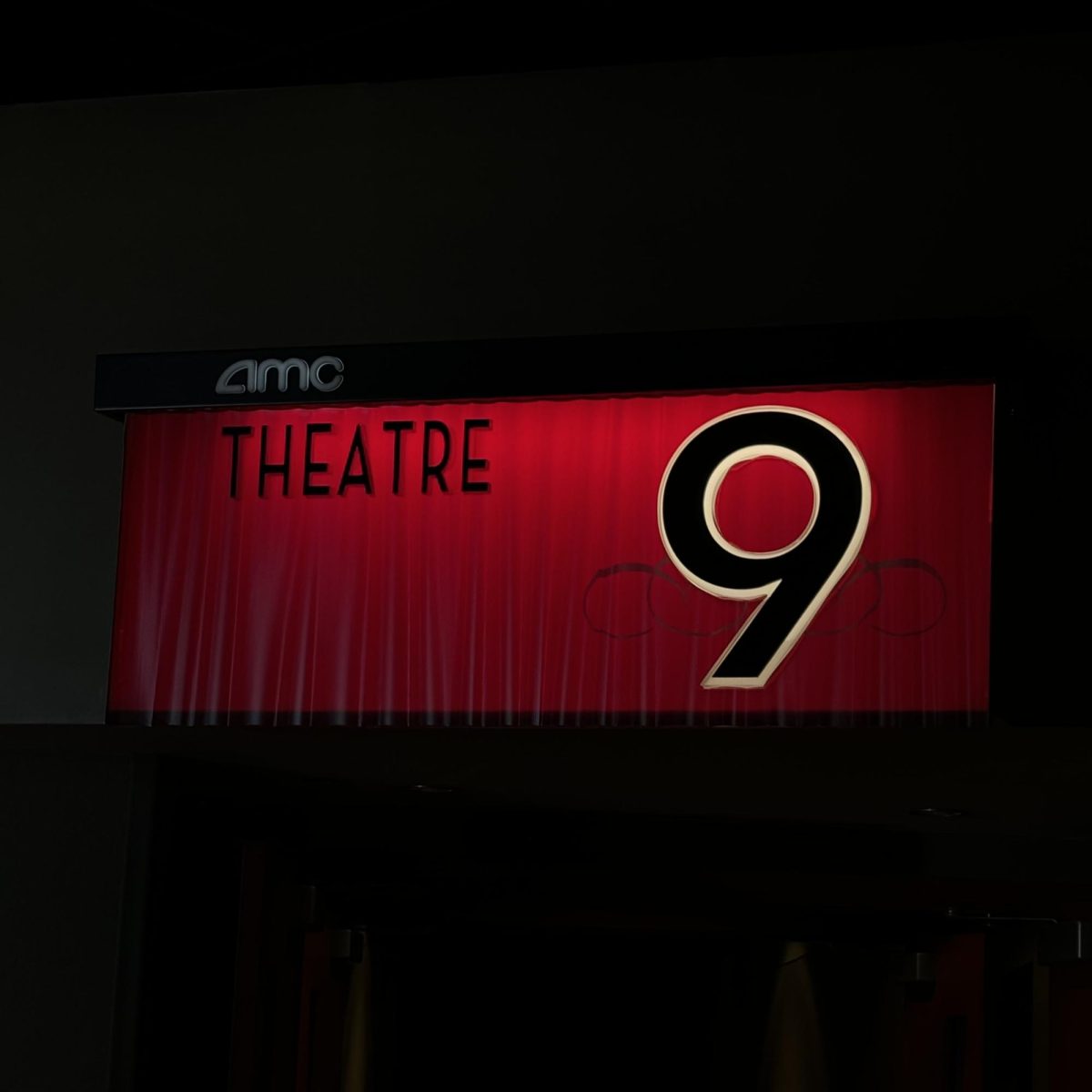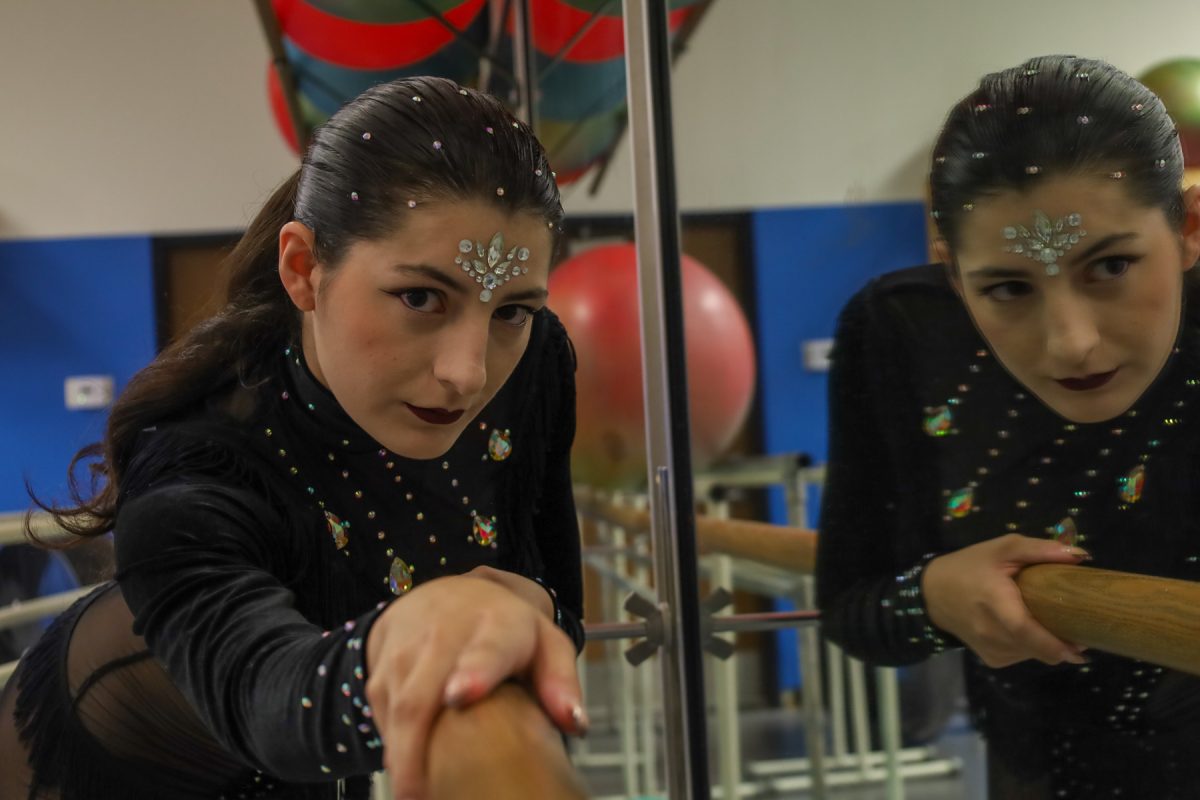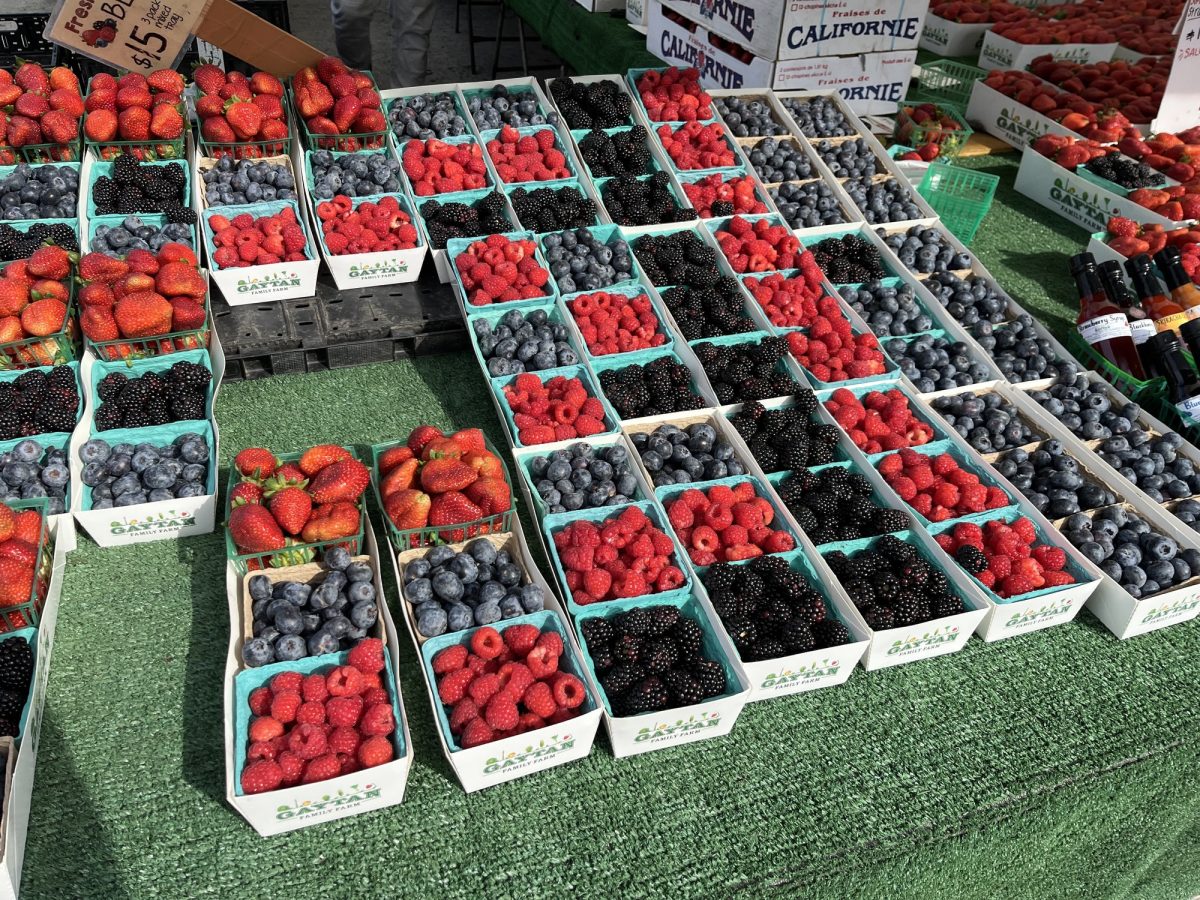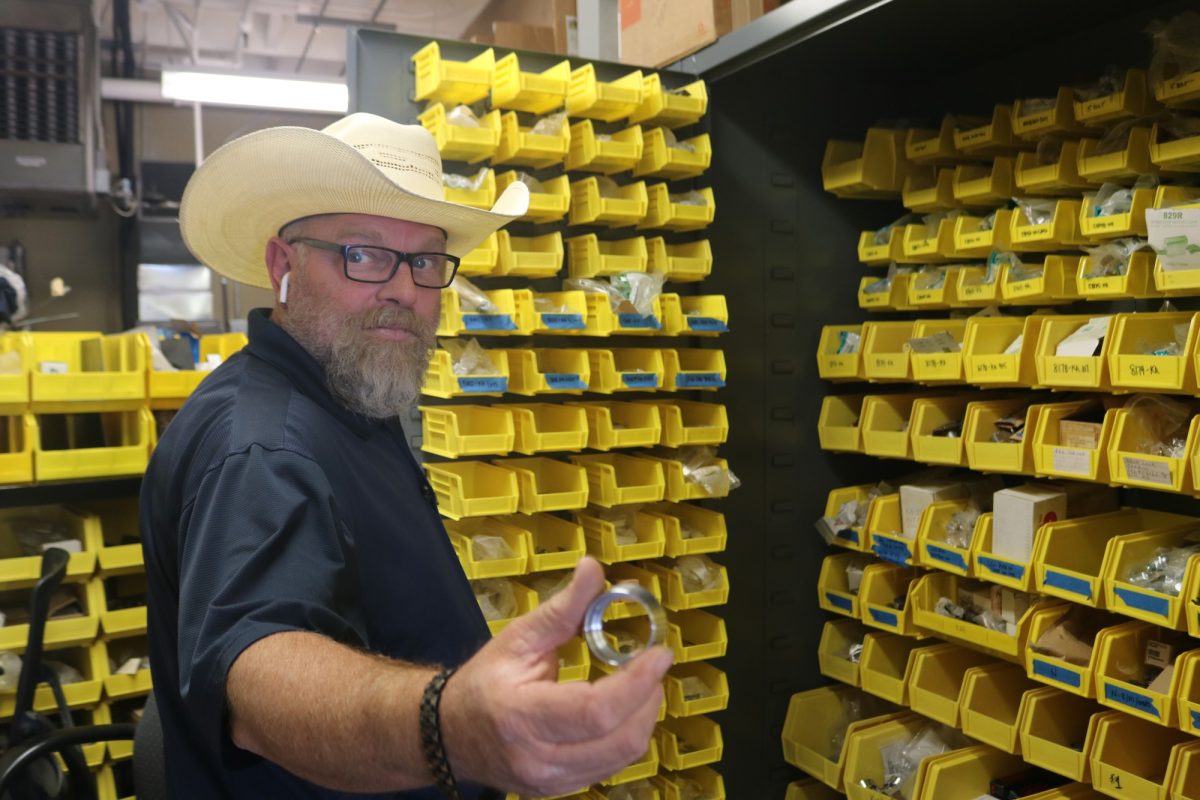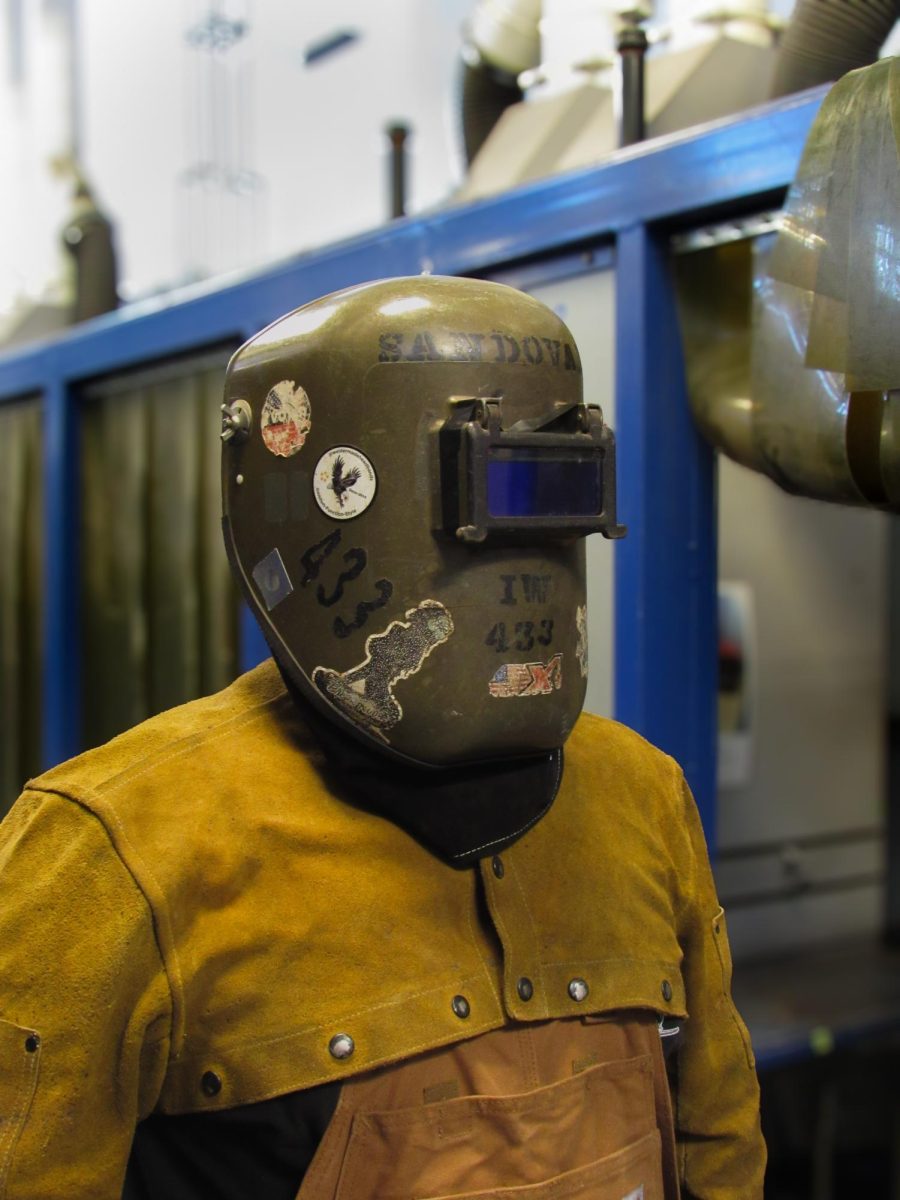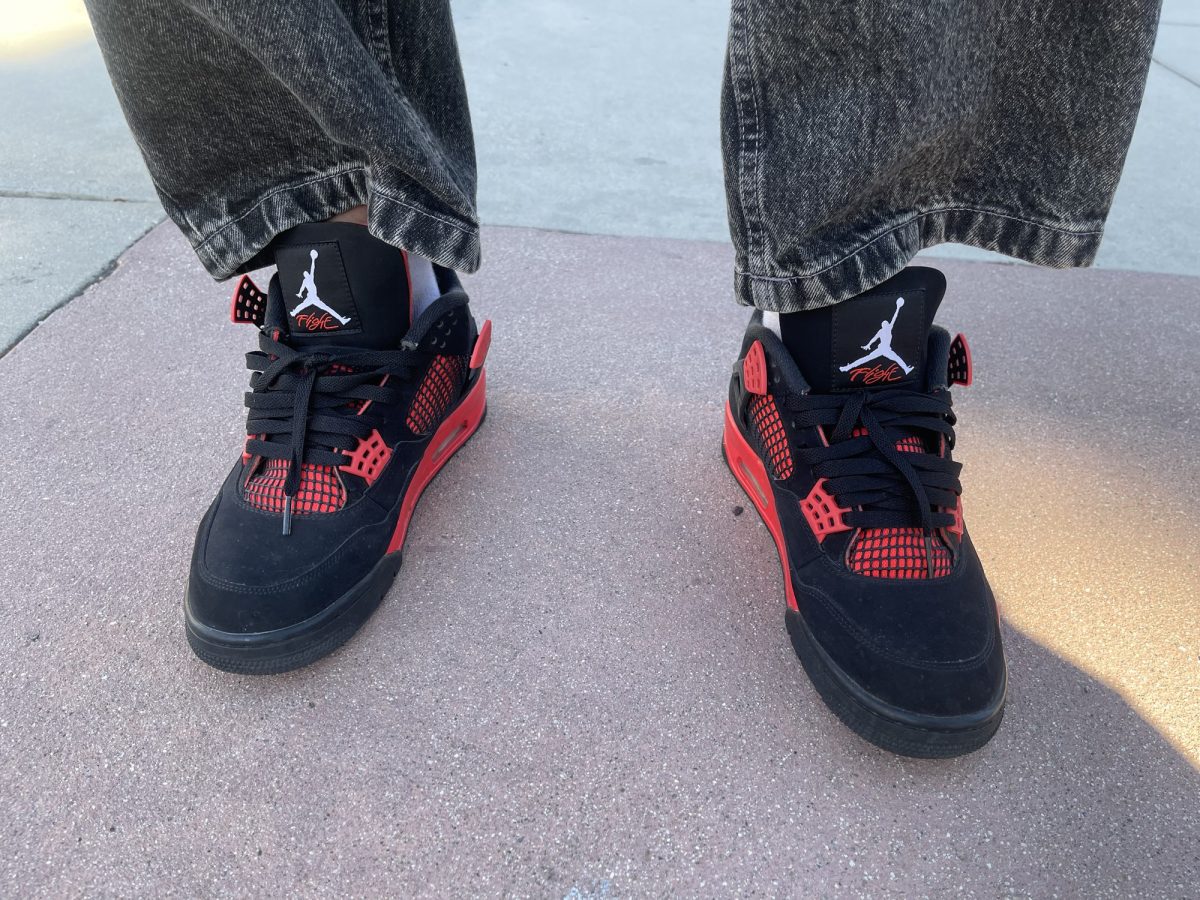When I was in the ninth grade, I achieved the unthinkable.
I got a “C.”
My friends in Ms. Gunde’s first period class had to know why. How did I barely pass Japanese 1 when my own mother is Japanese?
I am Nisei, a second-generation Japanese-American.
According to the Pew Research Center, there are over 1.2 million Japanese Americans living in the United States in 2022. 75% of those 1.2 million were born in the United States, but the numbers are inconclusive on how many have mixed Japanese heritage.
Sometime between the late ’70s and the early ’80s, my Mom boarded a Los Angeles-bound flight from New Tokyo International Airport with no idea of what kind of future was awaiting her.
She wasn’t in it for the American Dream. Her grandmother, her last close relative in Japan, had just died. The rest of the family moved to California years ago.
She had nowhere else to go.
Eventually, my Mom enrolled at CSU Long Beach and found a job in finance before marrying and starting a family with my Dad, a native Californian with Irish and German roots.
Growing up, I thought I had a good idea of what it meant to be Japanese American.
It was having natto rolls for lunch and okonomiyaki for dinner. It was reading bedtime stories about Urashima Taro and Kaguya-hime, the Moon Princess. It was watching “Sailor Moon” and “My Neighbor Totoro” on our blocky, wood-paneled TV.
Having these things made me stand out in a mostly-white elementary school in Rancho Palos Verdes.
When I started the ninth grade at Peninsula High School in 2005, I had to take Japanese. It was a no-brainer and I figured it would be an easy class.
After all, I’d seen “Pokemon” and Japanese dubs of Hayao Miyazaki movies. And I had a Japanese parent who could help along the way. It couldn’t be that hard.
Japanese is not an easy language to learn.
It’s one of the hardest languages for English speakers to pick up, according to Rosetta Stone. There are three writing scripts to memorize: hiragana, katakana and kanji.
Most teachers recommend their students watch TV shows and movies in the language they’re studying to better understand the material.
However, this was 2005 and streaming was in its infancy. Hulu wouldn’t debut for another two years and Netflix was still a DVD rental service.
Back in the Dark Ages, if we wanted to watch Japanese shows, we had to rely on torrenting, bootlegs or finding a video store that stocked the latest anime and movies.
Thankfully, for my classmates, we were learning Japanese at a time when anime became mainstream.
Toonami, a program block on Adult Swim, began airing anime like “Dragon Ball Z” and “Evangelion” in the early 2000s.
Once my classmates discovered anime, they were hooked.
Soon, anime was taking over the pop cultural consciousness of our high school.
On Fridays, the class was treated to episodes of “Naruto” after wearing out the small selection of Miyazaki movies Ms. Gunde had.
But I couldn’t get into the hype.
I don’t know if it was the exaggerated art styles of “Naruto” and “One Piece” that put me off, or their fanbases.
Worse was admitting I couldn’t get into it.
“You’re Japanese. What’s so hard about getting into anime?” people would say.
Being Japanese was half of who I was, but now everyone wanted it to be 100% of my identity.
After that “C,” I realized I wasn’t as Asian as I thought I was.
My failing Japanese grades meant I wasn’t a credible consultant on Japanese culture. Friends joked that I didn’t look Asian, backed up by relatives who said I was the spitting image of my Dad’s sister in her teens.
My “Harry Potter” fanaticism, which defined a large part of my personality, was a killing blow.
I rebelled – big time.
If anyone asked what anime I liked, I said I couldn’t stand it.
It was true. Anime was taking over my life and creating an identity crisis I’m still grappling with today.
People judge me for not liking media they think I should watch based on my cultural heritage.
Everyone forgets that I’m descended from Lees who lived in Ireland, not Asia.
My roommate once accused me of being embarrassed to be Asian.
After all, what kind of Japanese American can’t speak their mother tongue? Or want to go back and reconnect with their cultural heritage with a grand tour of Japan?
Even today, I’m still struggling to find that happy medium between being Japanese and American.
I can cook Japanese meals, watch “Shogun” and know my way around Sawtelle and Little Tokyo.
But to the critical eye of others who have never lived my life, it’s not enough.
Recently, I confessed to my roommate Elena that I never watched “Power Rangers.”
Even though the Yellow Power Ranger is Asian, my Mom never pushed me to watch. She knew I didn’t like the show and left it alone.
That is something I have always loved my Mom for. She never pushed me to conform to the mold of an ideal Japanese American. She gave me the space to explore what I liked and build my identity from there.
“Wait,” Elena said after I told her why. “Why didn’t you watch Power Rangers? You know the Yellow Power Ranger is Asian, right?”
Oh no, I thought. Not this again.



